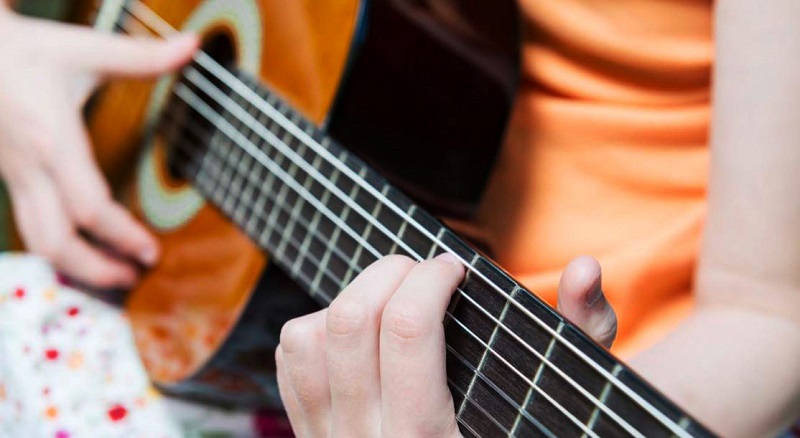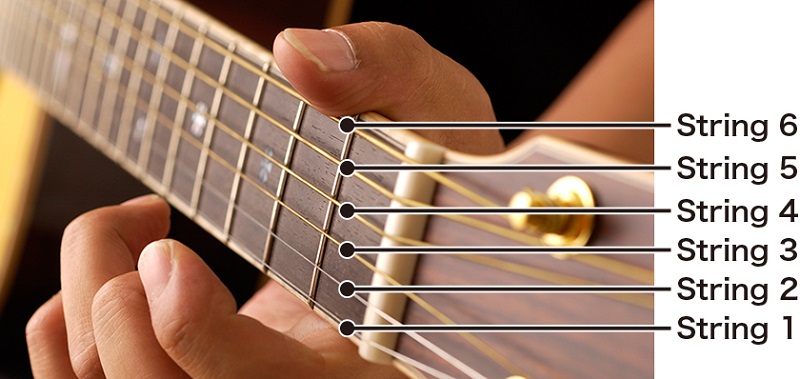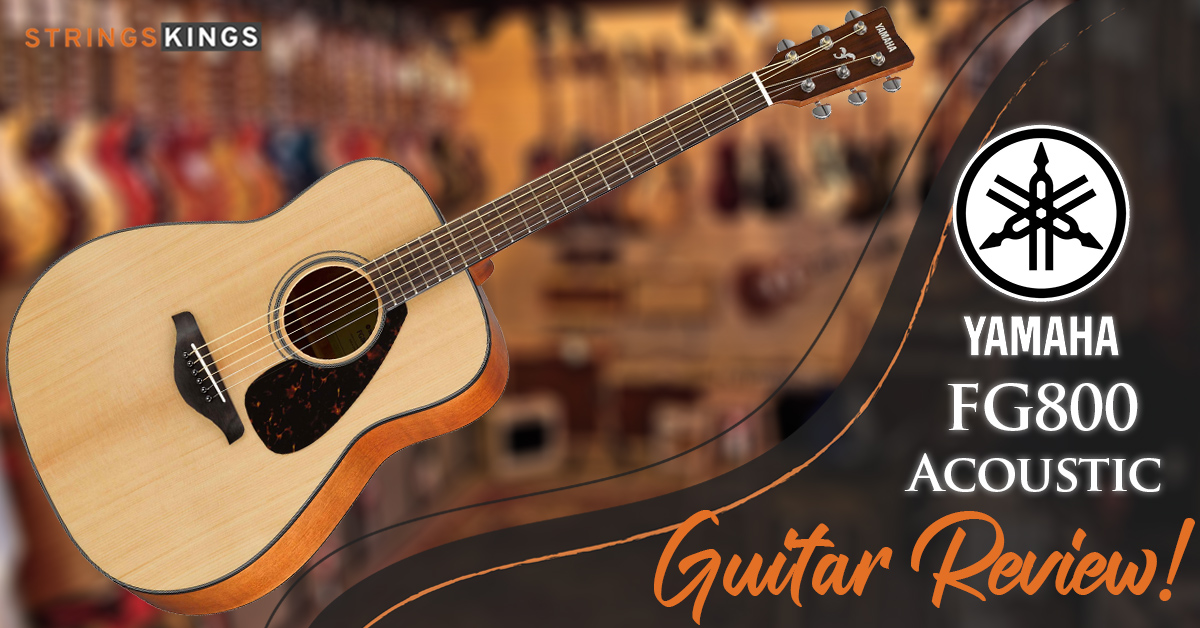Table of Contents
Discovering the Secrets of Sound
For centuries, musicians and audiences have enjoyed stringed instruments. Each stringed instrument has its own distinctive sound and playing characteristics, making the world of stringed instruments vast and varied. The string arrangements and numbers are two of the most critical factors that determine the sound and playability of a stringed instrument. This article will discuss the effect of string numbers and arrangements on stringed instruments, as well as how understanding these factors can enhance one’s appreciation of music.
It is typical for stringed instruments, such as violins, and cellos, to have four strings. There are, however, a wide variety of other stringed instruments that have different numbers of strings. An example of this would be a guitar, which typically has six strings, while a bass guitar has four strings. Violins have four strings, violas have four strings, cellos have four strings, and double basses have four strings. Harps and harpsichords, for example, have many more strings than other instruments.

The Impact of String Numbers:
When it comes to stringed instruments, the number of strings can have a significant impact on sound and playability. The sound of a guitar with more strings will be fuller, and richer, while the sound of a guitar with fewer strings will be brighter, focused. The sound produced by a violin that has more strings will be deeper, and more complex, whereas the sound produced by a violin that has fewer strings will be brighter, and simpler.
Guitars:
There are many different types of guitars, but the six-string guitar is the most common. A seven-string guitar, an eight-string guitar, or even a nine-string guitar are also available. As a result of the additional strings on these instruments, they are able to produce a fuller, richer sound. It is important to note, however, that the additional strings also make the instrument more difficult to play and require more skill on the part of the musician.
Violins:
There are many varieties of violins, with the four-string violin being the most common. It should be noted that there are also violins with five and six strings. A deeper, more complex sound is produced by these instruments due to their additional strings. As a result of the added strings, the instrument becomes more difficult to play and requires greater skill from the musician.

The Impact of String Arrangements:
String arrangements on stringed instruments also have a significant impact on their sound and playability. As an example, a guitar whose strings are arranged in a straight line will produce a different sound than a guitar whose strings are arranged in a fan-shaped pattern. The sound produced by a violin with its strings arranged in a straight line will differ from the sound produced by a violin with its strings arranged in a curved pattern.
Guitars:
Most guitar strings run parallel to the instrument’s neck in a straight line. On the other hand, some guitars have their strings arranged in a fan-shaped pattern, with the strings radiating out from the center of the instrument. With this arrangement of strings, the sound is different, with the fan-shaped pattern producing a more focused and piercing sound.
Violins:
Strings on a violin are typically arranged in a curved pattern that runs parallel to the instrument’s neck. Strings arranged in this manner produce a unique, complex sound that is often associated with classical music.

String Numbers and Arrangements That are Unique:
The harp is one of the most notable examples of different string numbers and arrangements. There are usually 47 strings on a harp, which are arranged in a curved pattern. There is something unique and ethereal about the sound of the harp, which is often associated with classical music and folk music. It is also possible for harpists to produce different sounds and effects by using other techniques. Pedal harps, for example, allow the harpist to change the tuning of certain strings, allowing them to play in a variety of keys.
Harpsichords provide another example of different string arrangements and numbers. A harpsichord usually has two sets of strings, one set for the treble and one set for the bass. There is a distinctive sound produced by the harpsichord, which is often associated with classical music. A harpsichordist can also create a variety of sounds and effects by using different techniques. Different types of harpsichords can be used, each with a different number of strings and a different arrangement of strings.
Playability:
When choosing an instrument or learning to play one, one must consider the playability of the instrument. An instrument’s playability can be greatly affected by the number of strings and their arrangement. Generally, instruments with more strings require more fingers and a greater level of skill for beginners, whereas instruments with fewer strings are considered to be more accessible.
It will be more difficult to play guitar with more strings than a guitar with fewer strings, for example. Violins with more strings are more difficult to play than violins with fewer strings. The reason for this is that playing more strings requires more fingers and more skill.
Guitars:
An example of this is the six-string guitar, which is generally regarded as more beginner-friendly than an eight-string guitar or a seven-string guitar. Due to the additional strings on these instruments, it is more difficult for a novice musician to play them because they require more fingers and more skill. Additionally, seven-string and eight-string guitars tend to have closer spacing between their strings, which can make them more difficult to play.
Violins:
A four-string violin is generally considered to be more beginner-friendly than a five-string or six-string violin. Due to the additional strings on these instruments, they require a greater degree of skill and patience, making them more difficult for novice musicians to play. It is also possible to have difficulty playing a five-string or six-string violin because the spacing between the strings is usually closer than on a four-string instrument.
Harp:
An instrument such as the harp is considered to be particularly challenging to play. In most cases, a harp consists of 47 strings arranged in a curved pattern. Harp playing requires good hand-eye coordination and skillful finger techniques, which is why it’s challenging.
It’s important to keep in mind that just because an instrument has more strings or a different arrangement doesn’t mean it’s impossible to learn. It doesn’t matter how many strings an instrument has or what arrangement it has, anyone can learn how to play it with the right instruction and practice. In addition, it is also important to consider that the playability of an instrument may differ depending on the skill level of the musician, and what may be challenging for one musician may not be challenging for another.
Enhancing Appreciation of Music:
Music appreciation can be greatly enhanced by understanding the different string arrangements and numbers of strings on stringed instruments. The ability to appreciate the nuances and complexities of different pieces of music can be enhanced by understanding the unique sounds and playability of different instruments. Also, learning the different strings numbers and arrangements opens up new possibilities for musicians, since they can experiment with different instruments to find the perfect sound.
Q: What is the impact of the number of strings on the sound of a stringed instrument?
A: There’s a lot of difference between an instrument’s sound and playability based on how many strings it has. Guitars with more strings have a fuller, richer sound, while guitars with fewer strings have a brighter, more focused sound. Violins with more strings sound deeper, and more complex, while violins with fewer strings sound brighter and simpler.
Q: Does the arrangement of strings on a stringed instrument matter?
A: String arrangement affects the sound and playability of an instrument as well. When guitar strings are arranged in a fan-shaped pattern, they’ll sound different than when they’re arranged in a straight line. Strings arranged in a straight line will sound different from strings arranged in a curved pattern on a violin.
Q: Is there an instrument with a unique number of strings and arrangement?
A: It’s easy to see different string arrangements and numbers in the harp. There are usually 47 strings on a harp, arranged in a curved pattern. Classical and folk music often feature harps because they produce an ethereal sound.
Q: Do an instrument’s string count and arrangement affect its playability?
A: It’s true that the number of strings and their arrangement affects playability. Having more strings on a guitar makes it harder to play. A violin with more strings is harder to play than one with fewer strings. The reason for this is that more strings require more fingers and more skill to play.
Final Thoughts:
An instrument’s sound and playability can be greatly affected by the number and arrangement of strings. The ability to understand these factors can greatly enhance one’s appreciation of music, as well as open up new possibilities for musicians who are willing to learn about them. As you can see, each instrument has its own unique sound and playability which is shaped by the strings that it is made from, from a six-string guitar to a 47-string harp. Understanding the impact of string numbers and arrangements is an exciting and rewarding journey into the world of music, regardless of whether you are a musician, music enthusiast, or just curious about it.







